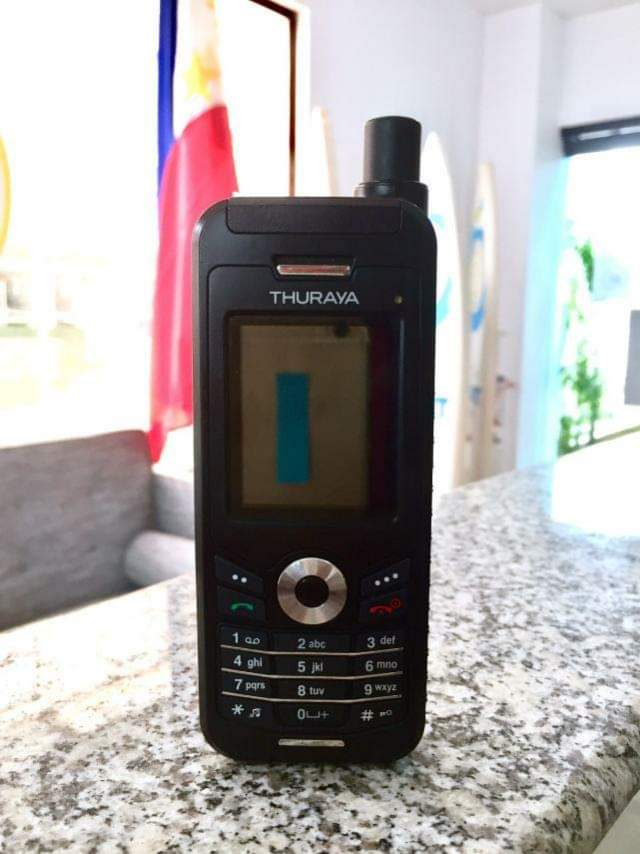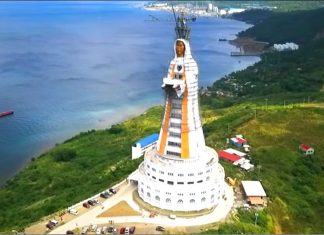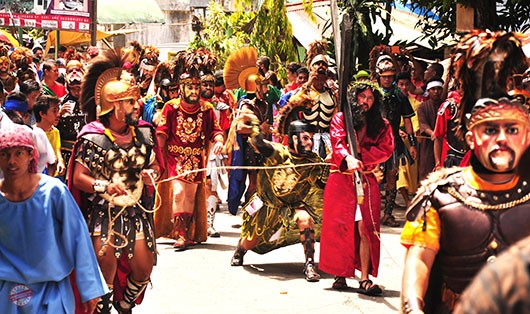
The Philippines’ regional tourism centers will soon be equipped with emergency satellite phones from Smart Communications.
The move follows the local telecom’s satellite phone service to the Department of Tourism (DOT) Regional Offices in world-famous Boracay island during the power outage at the height of Typhoon Ursula in December, 2019.
After Typhoon Ursula left the Philippines’ Area of Responsibility (PAR), Boracay was left with a communications blackout over the Christmas holidays. Smart stepped in and provided the tourism office of Boracay a SAT phone that was used by the public to send updates while mobile phone and internet networks were down.
Smart, Philippine Long Distance Telephone (PLDT) Company’s wireless subsidiary, first partnered with leading mobile satellite communications company Thuraya in 2016 for the use satellite devices and accessories during emergencies and disasters to facilitate faster communication and services even when cellular signal is compromised.
The Satellite phone, or the SmartSAT XT Lite, is a “handheld lightweight satellite phone which is handy during emergencies and disasters.” A handset may be used indoors through the use of SmartSAT Fixed Docking Unit. It offers SatSleeve Hotspot which turns an Android or iOS smartphone to a satellite phone.
The importance of satellite phones was highlighted during Super Typhoon Yolanda (Haiyan) when the people of Tacloban had no other way to call for help. This led Smart to provide the government and other regional offices their satellite phones.
“Satellite phones are vital in maintaining communication between areas with compromised cell signal and the rest of the country,” said DOT in their statement posted on their Facebook page on January 9, 2020.
After Boracay, DOT and Smart will provide other regional tourism offices SAT phones for emergency use.
The Philippines has become more ready for emergencies and disasters with innovations such as the Philvolcs mobile apps on natural calamity risks such as earthquakes and tsunamis, the Department of Science and Technology (DOST) abaca-lined SWAN amphibious vehicle for disaster rescue and relief operations, and Pinoy apps from DOST and Project Noah.
Project Noah has since moved back to the University of the Philippines where it continues to develop ways to help in disaster risk reduction.
The University of the Philippines Resilience Institute, led by UP scientist Mahar Lagmay, has also initiated helping Manila develop as a disaster-resilient city while Cavite science researchers from the De La Salle University-Dasmarinas have discovered how squids can help in disaster management efforts.
SEND cheers in the comments below to the country’s scientists for innovating on ways to address disaster risk reduction and management!
Want to know how to be a Proud Pinoy? Like, Follow, Subscribe to GoodNewsPilipinas.com and our socials Facebook, Twitter, Instagram, Good News Pilipinas! TV on YouTube, for new story notifications and e-mail newsletters for updates on more Filipino Pride stories.










